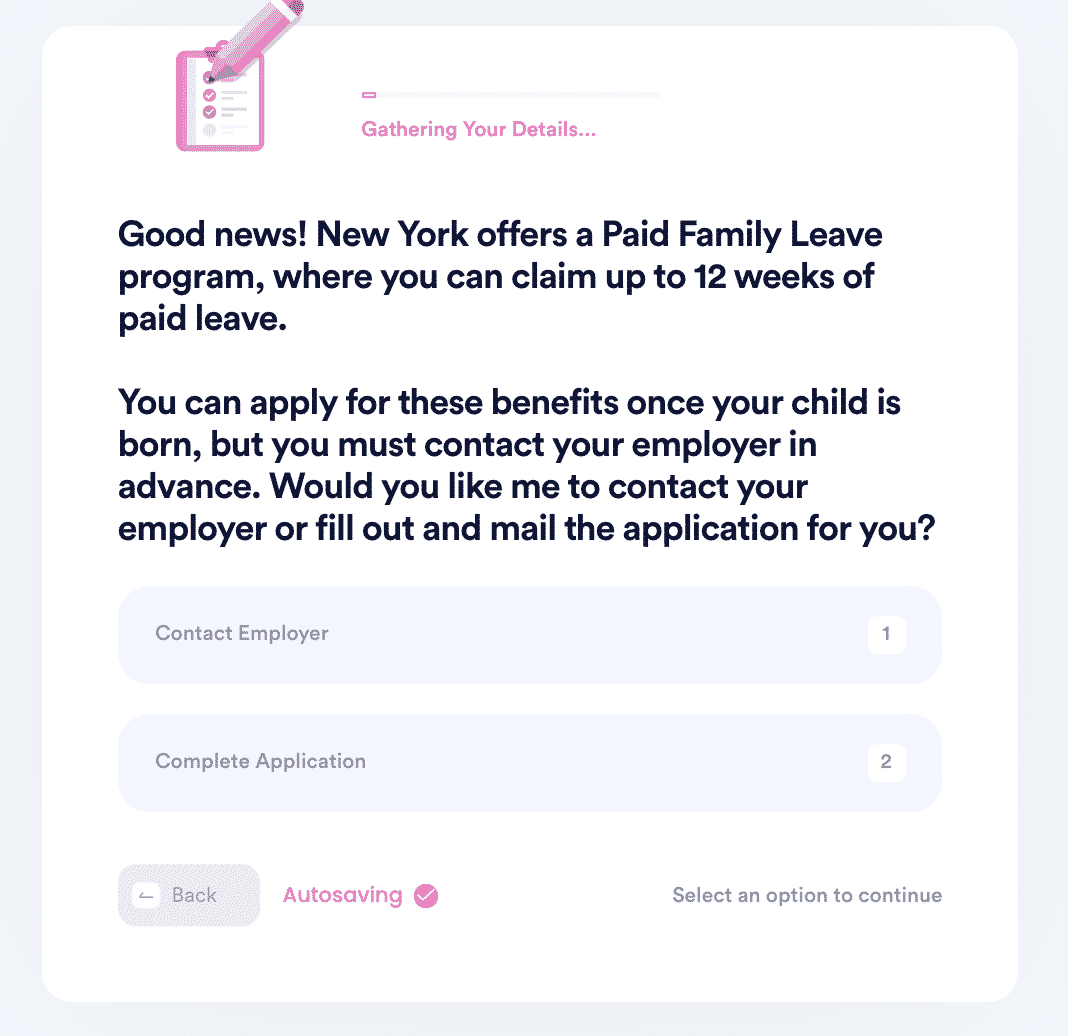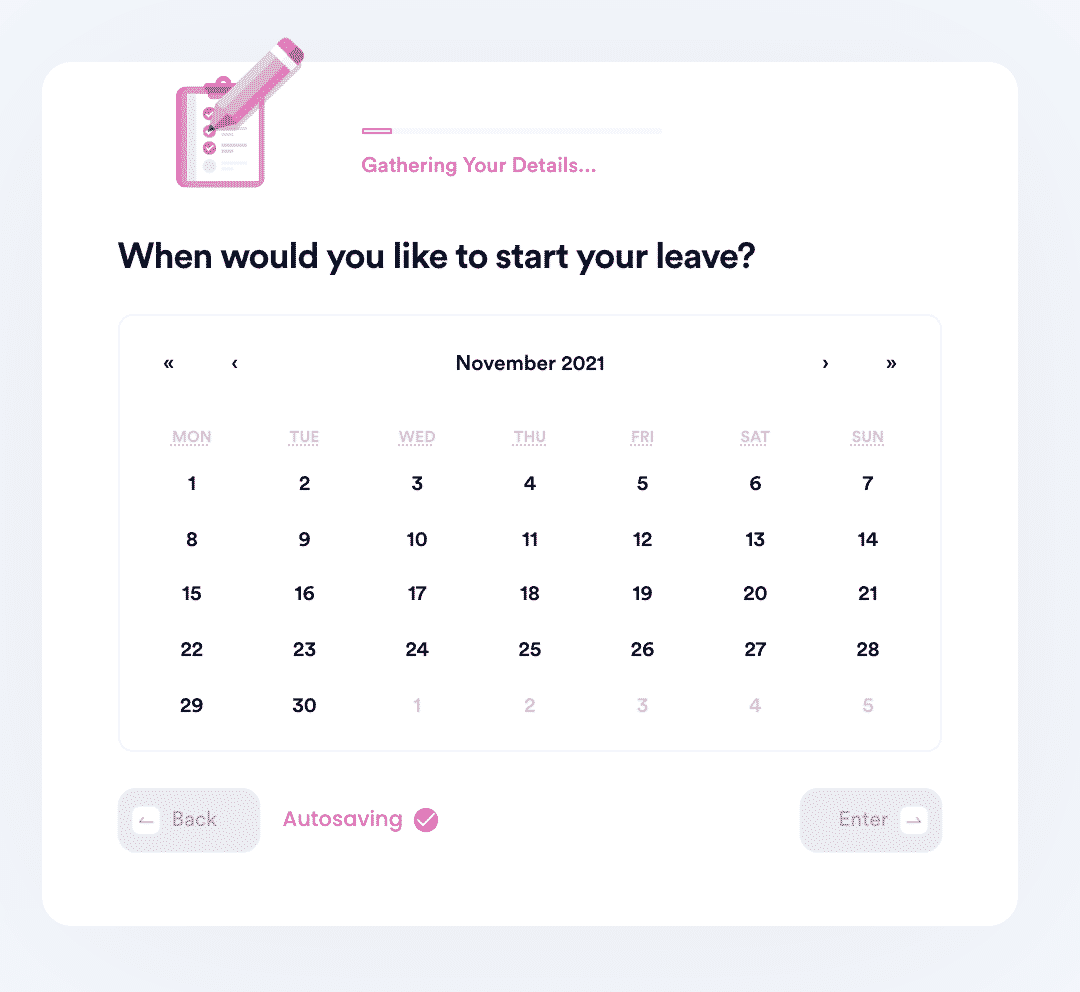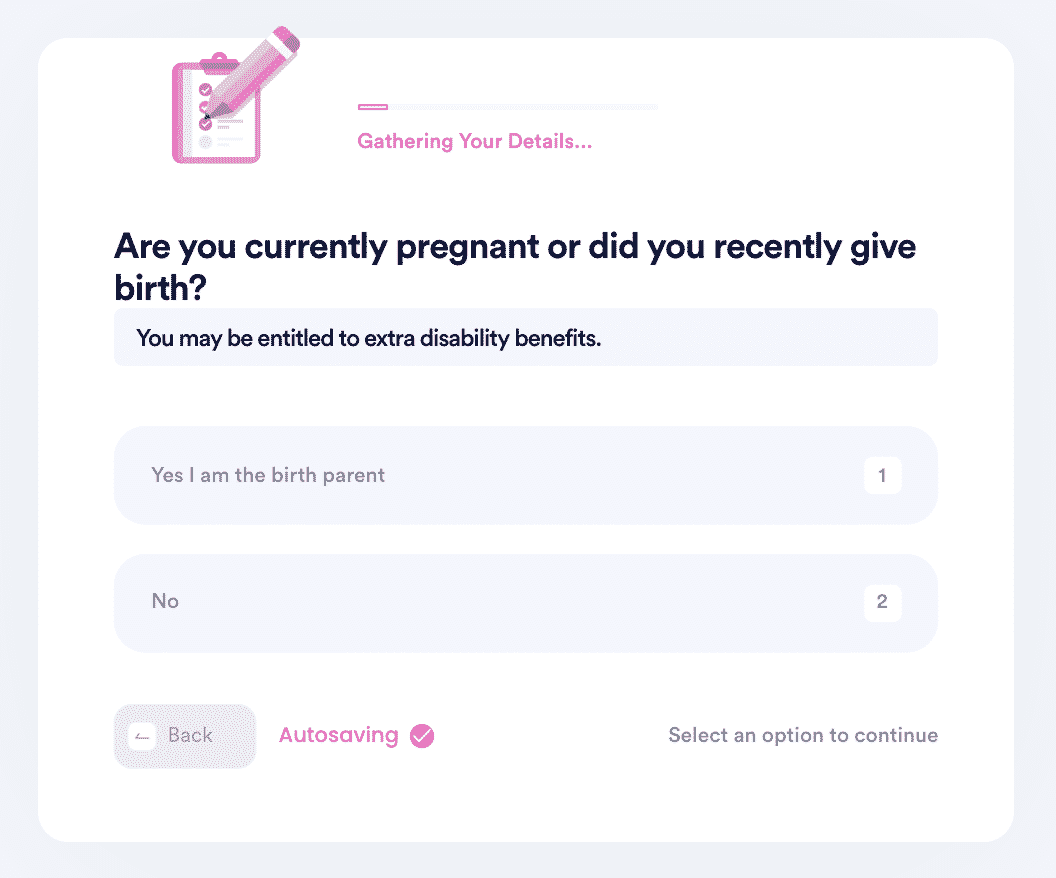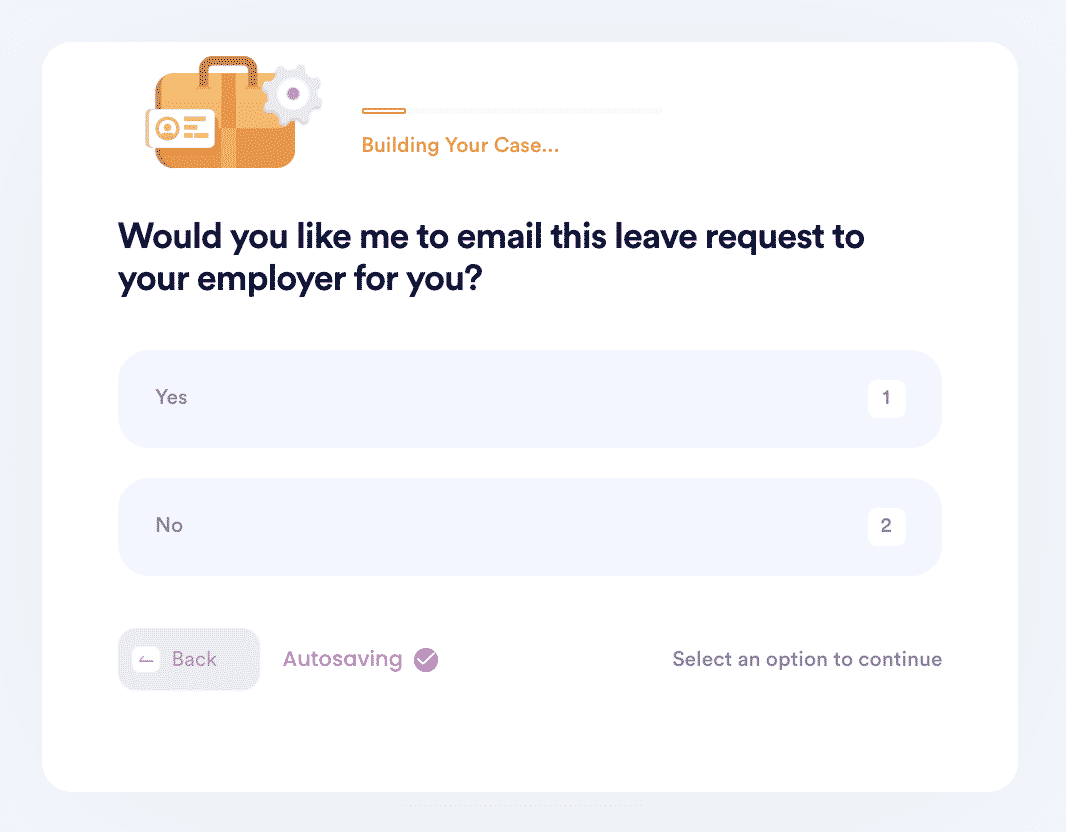What Does the FMLA Say About Leave for Fathers?
As a new or soon-to-be father, it's critical to find time out of work to bond with your new child. You and your child deserve it. You need not weigh between being there for your family financially and creating that fatherly bond with your kid. That's why you should request FMLA for fathers to afford that time while enjoying job security.
In the US, only a few states have paid parental leave, which brings disparity and confusion to many working fathers. But you can bypass all that hassle by letting on your behalf, whether or not you're eligible for a state-sponsored leave program.
Who Is Eligible for FMLA Parental Leave?
The Family and Medical Leave Act (FMLA) specifies that employers are mandated to offer up to 12 weeks of unpaid time off work with job security and protected health benefits to employees with family responsibilities. It's designed to provide or medical reasons.
However, not every state has regulations supporting paid parental leave because it is not federal law. For instance, in California, employees get state-backed FMLA leave, but in other states like Florida, such benefits are provided by companies that see it fit.
An employee can request for FMLA father if:
- They have a newborn to care to
- They are handling the adoption or foster care of a child
- They need to care for a seriously ill family member
- They are incapacitated to work due to an illness
Eligibility for Parental Leave
An American working father is only eligible to file an FMLA claim under the following conditions:
- They have served their company for at least or over 12 months or 1,250 hours
- Their company has over 50 members of staff and is located within a 75-mile radius
What Is the Difference Between FMLA and Paid Family and Medical Leave?
According to the US Department of Labor, FMLA and Paid Family and Medical Leave (PFML) offer employees time off work, but are distinct policies. In states where either is enacted, it becomes law.
The details below describe each type of leave and how they differ.
FMLA
- Unpaid leave, although an employee may choose to substitute their paid sick, vacation, or personal time for FMLA.
- Workers receive partial wage payments of equal proportion from their fund to a percentage of their pay.
- Encompasses private companies and organizations with 50+ employees, including public agencies and public/private elementary and secondary schools
- There's no employer coverage or restrictions on the number of employees since PFML workers pay a fee into a fund to replace wages during leave.
- Employees take leave to be there during childbirth and care of newborns, handle adoption and foster care of a child, care for an ill family member, or active military personnel who's ill or injured.
- Employees take leave to care for an immediate family member (parent, spouse, child, domestic partner)
- Following their return to work, an employee remains in their job position or to an equivalent position with equal benefits and pay
- Under Temporary Disability Insurance (TDI), there's no job protection, and a worker may or may not return back to their previous job position. It depends on the employer.
- An employee can only take up to 12 weeks of leave after working for an employee for over 12 months. Under FMLA military family leave, an employee may take a maximum of 26 weeks out of work to care for a seriously injured or ill service member.
PFML
- The duration of leave varies from state to state. Generally, PFML programs allow 6-12 weeks of partially paid time off work. TDI programs offer a 26-52-week leave with partial pay
- Enforced by the Department of Labor's Wage and Hour Division (WHD)
Applicable to eligible workers in California, Rhode Island, New Jersey, and New York.
How to Apply for FMLA for Fathers on Your Own
When applying for FMLA for men, a worker must follow the following procedure:
- Submit an FMLA Medical Certification document to their medical provider. The essence of this is to verify that the employee's or family member's health condition warrants a leave. Upon reception, they must return the form within 15 calendar days.
- Following approval, they must fill and submit a leave Notification Form two days after filing an FMLA request letter.
- If approved, they must give advance notice to their employer 30 days before taking the leave. It's critical that they adhere to this requirement lest their plea is denied.
File Your FMLA for Fathers With DoNotPay
It's a tedious process, and it only gets frustrating if your request is denied. But with DoNotPay, you're guaranteed of getting your FMLA for fathers of newborns without undergoing the hassle and wasting time.
At DoNotPay, we'll first check whether you're eligible for state-subsidized leave. If you're, we can help you generate an FMLA form and mail it in on your behalf. If you're an employee in a state that doesn't support paid parental leave, we'll still handle the process for you to ensure you get a minimum of 12 weeks of unpaid time off work.
How to request FMLA parental leave for father using DoNotPay
If you don't understand where to start when applying for parental leave, use DoNotPay's six-step procedure:
- Tell us which state you work in (if you work in CA, NY, NJ, MA, WA, or DC, your state has a paid family leave program).

- Choose whether you want us to apply to the program for you or contact your employer with your leave request. If you want to apply for the program, we will walk you through the questions on the form and mail the application form for you.

- If you want us to contact your employer, enter your leave details, including the starting date, number of weeks of leave, and how many weeks of paid leave you are requesting (for example, you may take a 12 week leave, but only request eight weeks of paid leave to make the request reasonable).

- Indicate whether you are the birth parent or not (birth parents have a few additional protections).

- Enter the name of your company and the person to address this request to.

- Select whether you want us to email the request to your employer on your behalf.

Why Use DoNotPay
DoNotPay’s service is proven to be:
| Fast | You don't have to spend hours trying to solve the issue. |
| Easy | You don't have to struggle to fill out tedious forms or keep track of all the steps involved in solving your problem. |
| Successful | You can rest assured knowing we'll make the best case for you. |
 By
By